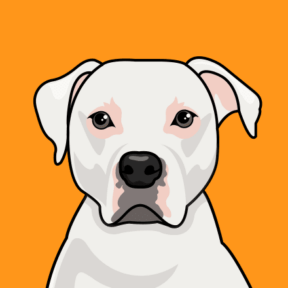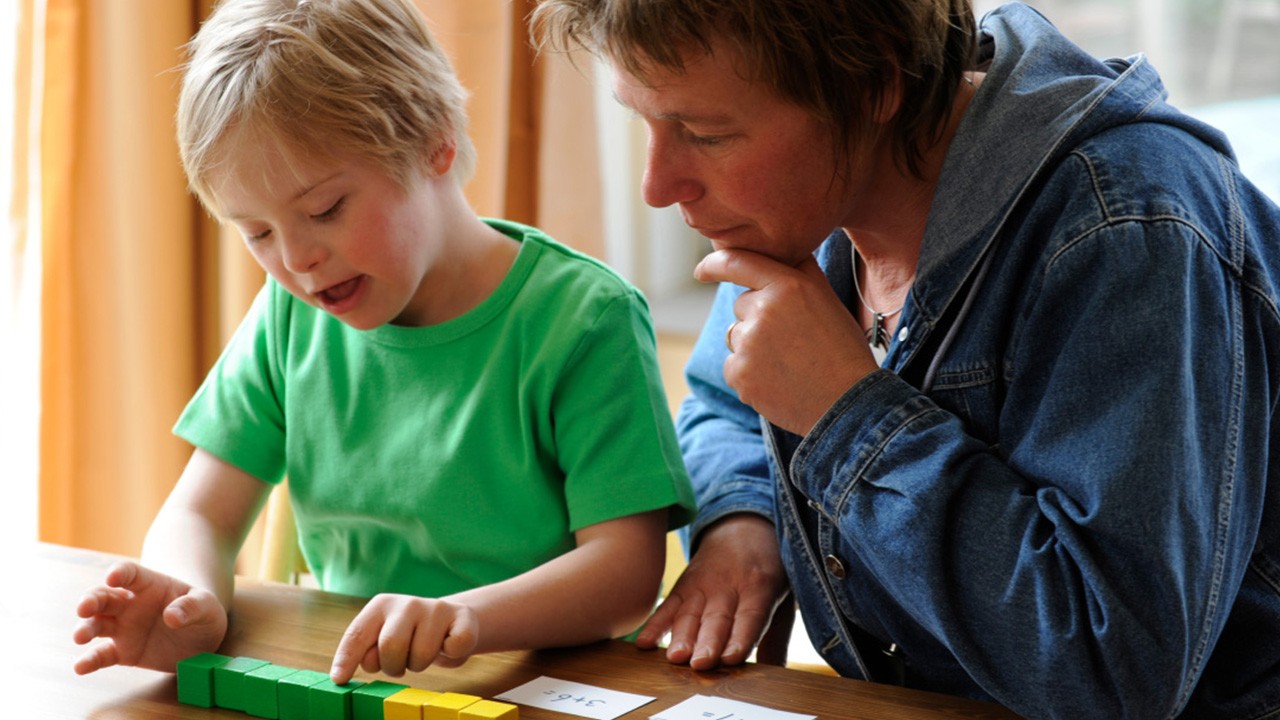15 min 34 sec
Speakers
Stacey Atiyeh
Senior Solution Marketing Manager
Megan Moore
Product Director, Positivity and Polaris
Helen Tarkington
Product Manager, Polaris
Chad Edwards
Business Analyst
Colleen White
Editing Specialist
The following is the video’s transcript.
Stacey Atiyeh
Hello, everyone, and welcome to a behind-the-scenes look at n2y’s newest solution, Polaris. My name is Stacy Atiyeh, and I am the Senior Solution Marketing Manager here at n2y. We are so excited to have an amazing panel assembled today, and I’m going to introduce you to them.
First, we have Megan Moore, and she is our Product Director for both Positivity and Polaris. We also have Colleen White, and she is an Editing Specialist. We have Chad Edwards, a Business Analyst, and Helen Tarkington, a Product Manager for Polaris. So, thank you all for being here today.
Stacey Atiyeh
All right, we are going to begin with the “why” behind Polaris—maybe why it was developed? What were some of the needs? Tell us all about it.
Megan Moore
You bet, Stacey. Well, Polaris is really a solution that has come out of a lot of feedback from users, as well as a lot of our personal experience over the years. We know there’s a significant need in the educational space in order to help support teams in writing IEPs as well as implementing them. So—whether we’ve talked to parents or teachers, service providers, administrators, individuals with disabilities themselves—what we’ve heard: They’ve had challenges with many things like:
- How do I help get input and really, truly collaborate as a team member on an IEP?
- You know, how do I create an accurate present level of performance?
- You know, how do I use assessment data to help guide what goals we prioritize for our student for that IEP?
- You know, tracking and monitoring progress?
- Just all those type of things, even like writing SMART goals
We’ve heard from so many users and experienced those challenges ourselves with the IEP process. And that’s really what Polaris is for, is we’re going to revolutionize the way that IEP teams can plan and write those IEPs as well as how they execute it, and then how they analyze that information. We want to help our students to be able to achieve high outcomes and have a success through that process.
Stacey Atiyeh
Helen, tell me, what does your typical day look like in developing Polaris?
Helen Tarkington
Well, I would start by saying there’s probably not a typical day, which is not entirely true, but when you’re developing or being part of a team that’s developing such a comprehensive solution from the ground up, there are so many different aspects and things that we’re working on on any given day.
But there might be a day that we’re really focusing on product design. So, for example, where to place a particular button, or we might be thinking more about just the whole user experience and the flow of the product. And then a large part of my day is really thinking about the content within Polaris—so, helping plan, manage, edit, and support our group of educators that has helped us really create the incredible content that’s gone into Polaris. So, there’s a lot of variety in the day, but that’s what makes it really rewarding and also sometimes challenging.
Stacey Atiyeh
I love it. Okay, next question. So, Helen, tell me what was your specific role in the overall product development?
Helen Tarkington
My primary role has been to oversee the development of Polaris’s content: all the profiles, assessments, suggested IEP goals, and the aligned resource articles. So, we have reading and writing, math, social-emotional learning, and communication, and then we’ll further continue to develop content over the next couple of years.
Once the content’s been developed, is really helping manage the process of making all the behind-the-scenes connections within Polaris, which provide the seamless automation. So, for example, when a student completes an assessment and gets a particular score, specific IEP goals will get recommended based on that score. And so, our team has worked on literally thousands of connections between profiles to assessments and then suggested IEP goals to really provide that highly individualized experience for student IEP roadmaps.
Stacey Atiyeh
Excellent. So, Helen, what is your favorite part in developing Polaris?
Helen Tarkington
I would say the most rewarding and my favorite part of being part of the Polaris team is really just the team that I get to work alongside. I’ve just met and been able to work with some of the most passionate, devoted, and smart people that I’ve really ever had the opportunity to work with. So that is educators, speech-language pathologists, occupational therapists, teachers, and then developers, business analysts, graphic artists, marketing and sales professionals—really just across the board. I think we’re all really passionate and devoted to making this a solution that really helps better the lives of students, and then the educators and families who support them.
Stacey Atiyeh
So tell me, Chad, what is your role in Polaris’s product development?
Chad Edwards
A lot of times the stakeholder has sort of a rough idea of what they want, if you think about it in terms of like making the statue of David, right? Maybe to start with, the stakeholder might have the marble that they want to cut it out of and what pose David is doing. But they haven’t necessarily thought through the specifics or some of the, you know, implications of ideas that they have.
What the business analysts do is we try to really shape out and refine those ideas and ask questions and give suggestions about the best ways to implement things, to solve problems, to get to where we need to get to in the end. And it doesn’t always look like maybe what we expected from the beginning, because there’s always curveballs along the way. There’s technical limitations that we discover along the way as well, impact, you know, the final product, which is never exactly like what we thought it was going to be, but it’s almost always better.
Stacey Atiyeh
Excellent. So tell me, Chad, what is your favorite part in the development of Polaris?
Chad Edwards
Yeah, aside from being able to work with wonderful people, the best part for me, I think, was seeing the product in action for the first time. On the development team, we’ll be working with something for months and months, and then it kind of leaves us and that’s the last we hear about it in a lot of ways. When we are with the product from the beginning, it’s kind of our baby. To get to see it working and in use for the first time, it’s very different than, you know, making a mock of it, or reading about it in requirements documents, right, to see it in action. So, that’s a really cool moment to see it all come together.
Stacey Atiyeh
So, Colleen, tell me a little bit more about your role in the product’s development.
Colleen White
Right. As a member of the editing team, because there’s a team of five, we’re assigned to articles as they become available, so we’re more in the support role in the supporting information of the product. So, we proof and edit the language of the articles for”¦we check the text for consistency and accuracy. Very interesting articles, I might add.
Stacey Atiyeh
I agree. I actually, I love the amount of support that is provided there not only for teachers, but also for parents as well.
Colleen White
Absolutely.
Stacey Atiyeh
Colleen, what is your favorite part in the development of Polaris?
Colleen White
My favorite part would have to be: These are the resources that will be available to our users, parents, teachers, administrators, students. It’s just such thorough information, and it’s just been really exciting for me to see how the product has started from an idea to where it is now. So, I just am really excited about it.
Stacey Atiyeh
As we are. I am so excited about this! I’m probably the only one who ever likes to write IEPs, but I digress.
Stacey Atiyeh
Now, if you could describe Polaris in three words, what would those three words be?
Chad Edwards
Streamlined, flexible, and packed. There’s so much content in there for suggestions for goals and for accommodations and modifications. And there’s just tons and tons of great materials—everything that you need.
Colleen White
I would describe Polaris as supportive, engaging, and convenient.
Helen Tarkington
The first word I would use to describe Polaris is student centered. The individual student needs are definitely at the heart of Polaris. And the next word would be comprehensive. So, Polaris is the thoughtful result of so many different people coming together to brainstorm about how to solve a huge problem in special education. And then the last word I would use is innovative.
We have a really incredibly comprehensive solution already, but we will continue to grow and iterate based on the feedback of our users, and so, it’s really rewarding to be part of a team that’s really thinking about how to always improve and make things better, which ultimately will improve the lives of students.
Stacey Atiyeh
So, Megan, tell me about the journey of Polaris—how it started and how it’s evolved over time. What exactly did it take to get here?
Megan Moore
Well, the journey of Polaris has been a long time coming. So, even though it’s something that we started working on about two years ago, it’s something that has been in conversation for a lot longer than that.
As a company, what we did is we kicked off in the summer of 2019 (a company-wide meeting; anybody can join us), and we had a group of stakeholders that joined us that include all the different personas on an IEP team. We have members who are parents. We have teachers, administrators. You know, service providers, consultants. And so, we started having meetings to really brainstorm:
- What are the challenges that teams are facing?
- And what are different supports that teams need in order to have success in that IEP process?
It really started all with an idea and conversations. And then over time, it has, it has just grown into Polaris.
We started development of both the content and the technical requirements piece of it”¦ probably in the winter or spring of 2020 is when it started in full swing. And so, if you think about it content-wise as you learn more about Polaris, we have extensive content through assessments, through profiles, goals, commendations, resources. So, we’ve had a group of content writers, editors, people reviewing, graphic artists, and others working throughout this time, as well as the development, and we’ve had, you know, business analysts who help us write up the requirements of what we want Polaris to do, QA testers—so many different key members in order to create Polaris as it is.
It’s been a long time coming, but we are super excited to get where we’re at right now and ready to share it with the world around us and really help people in writing those IEPs and implementing them.
Stacey Atiyeh
Megan, tell me about how you feel Polaris is going to change the educational space?
Megan Moore
Well, I think it’s going to change it significantly. I think there’s a lot of tools out there right now to teams that might help them check off boxes for what they’re doing, but as an educator myself and a consultant, I’ve worked with so many team members that struggled with, “How do I write that truly meaningful IEP, link it to that student’s grade-level standards, and really help support that student’s learning?”
Polaris is encompassing all those pieces that our teams have been missing for so long. It’s helping them figure out “what.” It’s helping them to figure out how to teach things. It’s helping also to bring in the “why” of what we’re doing. It’s really just bringing everything full circle to ensure that we’re supporting students the best that we possibly can.
Stacey Atiyeh
Megan, what are some fun facts about Polaris?
Megan Moore
So, fun facts. Let’s focus first on content in Polaris. So, as you know, we have academics. We’re also going to have areas on social-emotional behavior, as well as communication to start out with.
When we look at academics alone, Polaris has built extensive mapping in the system to help provide meaningful automated suggestions along the way. So, at this point in time, just for academics with English, language arts, and math, we have added four profiles in Polaris. So, those are more global pictures of student learning. We have over 161 assessment rubrics that we’ve written for Polaris alone, in English language arts and Math, and then well over 3,400 goal statements for team members to consider or that may be suggested based on student performance.
So, as you can tell, there’s a lot of content that’s built in, and that content has been built by people who are currently working in the field, as well. So, it’s very much about making those meaningful connections.
You know, if I think about one more fun fact: Coming from schools for over 20 years, once I came into educational technology and started working at n2y, I never realized what it took for companies to build solutions like Polaris. And so, when I worked with the technology team (just to get a sense on how much time and energy they have spent on Polaris) I believe just in 2020 alone they said that they spent well over 8,300 hours just on the development of Polaris in 2020.
So, it’s a team effort, just like what Polaris provides. We couldn’t do it without everybody that’s been involved.
Stacey Atiyeh
I like it. I think I may want to buy this product.
Thank you all so much: Megan, Colleen, Chad, and Helen. I appreciate you joining us today for this amazing behind-the-scenes look at n2y’s newest solution, Polaris. And if you out there would like to learn more about this revolutionary solution, please visit us at n2y.com/polaris, and don’t forget to follow us on social media.



